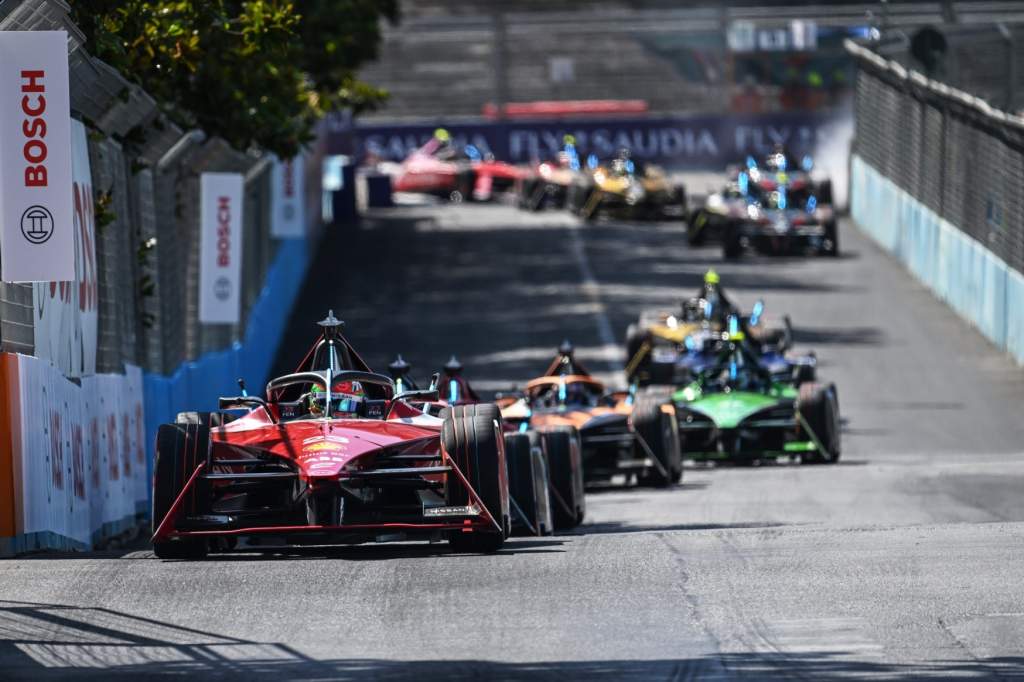If you’d told Formula E teams and drivers last December that the 2023 season would have turned out to be mostly a reliable and exciting season of close racing, they probably would have laughed at you.
Such was the wholesale chaos in and around the pre-season test at Valencia just before Christmas, held with the season-opening event just a few weeks away, that the step into the Gen3 unknown looked and felt genuinely terrifying.
A smorgasbord of challenges had to be met and overcome over the Christmas and New Year period. The most imminent and serious of these was the implementation of a secondary brake system to stop the cars should they hit technical issues.
The philosophy of the Gen3 cars having been designed without rear hydraulic brakes sounded amazing on paper. In reality, the testing process ended up punctuated by several accidents, at least two of which were serious.
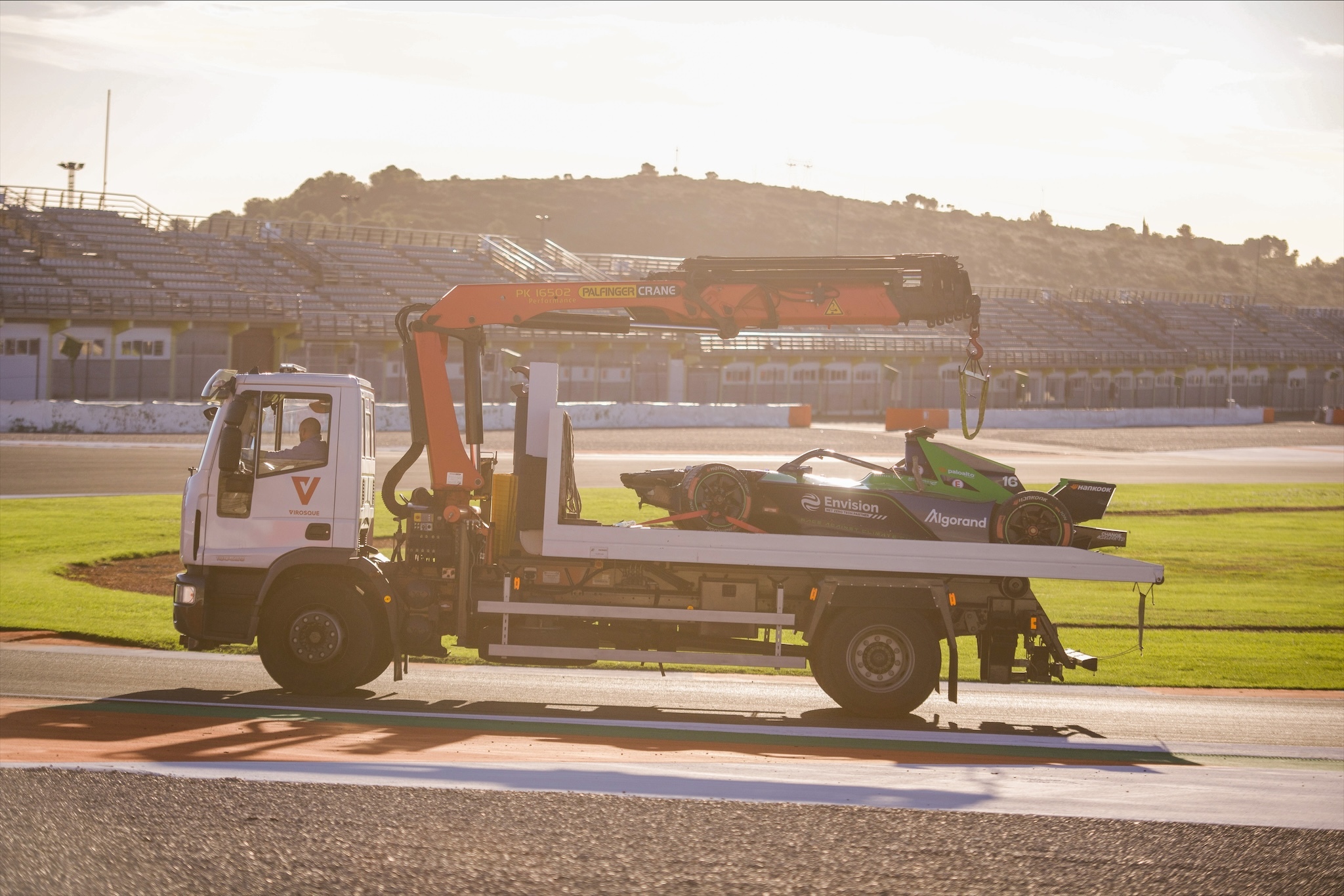
The additional brake could not be delivered prior to the season opener and the attitudes ranged from relaxed (Maserati and DS) to seriously twitchy (Porsche) and concerned (Jaguar).
Part of the way Formula E managed it was to extend the run-off areas in places that it could at Mexico City’s Autodromo Hermanos Rodriguez. If you looked carefully at the first corner you could see there were no barriers, meaning that half of the long main straight was available for the cars should they have a shutdown-affected episode.
Then there were the overall reliability questions around the RESS battery, the questions still not answered via the new Hankook tyres, and how the cars would react to the increase to the 350kW power.
Throw into this mix a paucity of spare parts and it was no surprise that there was worry as to how teams would get on, especially as the season started with six races on four different continents in the first 10 weeks of competition.
But motorsport has an uncanny knack of mostly keeping calm and carrying on. Everyone endured and kind of flourished – or rather, the racing did. On a team and human level, it was a brutally tough escapade. While the racing was delivered, behind the scenes the old problems hadn’t simply disappeared. It was just that they were behind the curtain, beyond the show.
A lack of available RESS units meant manufacturers could not test for a period. Issues surrounding the supply of lighting infrastructure for the illumination of the halo were a consistent problem for most of the season, and the hair-raising and sometimes unexplained accidents didn’t just stop.
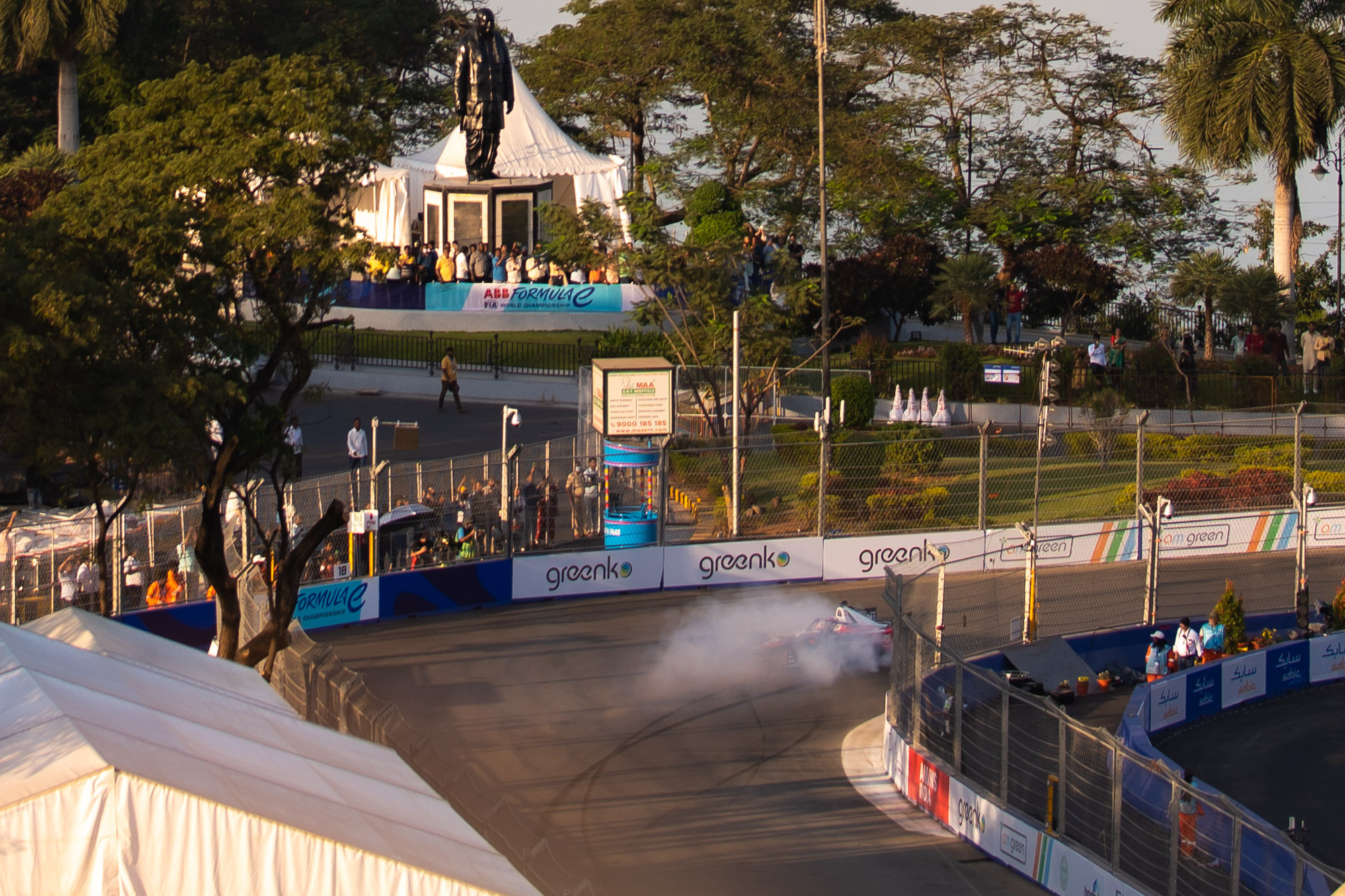
Pascal Wehrlein ended up in hospital in Hyderabad, while Kelvin van der Linde, Oliver Rowland and Mitch Evans and several others experienced scary incidents where they were unable to slow down their cars and turn in for corners.
The halo lights still weren’t working and teams were scrabbling around carbon bins for spares. It wasn’t easy but as long as the racing delivered, no one outside of the paddock really cared.
Ultimately, Gen3 will be judged by what it delivered on the circuits and no one can say that it wasn’t a strong racing package in its first season. Even a new Frankenstein form of racing was born, a peloton/keirin style of competition that went from the sublime (Sao Paulo and Monaco) to the borderline ridiculous (Berlin and Portland). But it was what it was and the drivers and teams had to adapt.
It got a lot of people talking, and no doubt it attracted new fans. The TV figures were still disappointing though and by mid-season the majority owners of Formula E made a CEO change, replacing Jamie Reigle with Jeff Dodds.
This was quickly seen as a positive move by the teams and manufacturers. Over the first few months a kind of clarity started to seep through as to where Formula E wanted to go. After a summer holiday lull, everyone is waiting for the hype to finally come for 2024.
The good news for Dodds is that Liberty Global is getting much more active regarding its electric asset. It has a vault to spring off with a solid first Gen3 season.

From a regulatory standpoint there will be change with the long-awaited introduction of ‘attack charge’ pitstops. But before that comes, Formula E and the FIA will have ruminated on what Gen3 delivered so the rulemaker, the FIA, can fine-tune it and the promoter can sing about it and expand it properly.
“What is the most important for us, and the main target, was to have all the cars being part of all the races in the most fair, fair situation in terms of sporting equity,” said the FIA’s director of sport Marek Nawarecki.
“This target has been achieved, even if it was not easy, especially in the beginning of the season.
“I think that in terms of the quality of the show, of the competition and of the way the championship evolved during the year, the overall results are quite positive.”
One of the key areas that the FIA started to look at as the 2023 season developed was the relative ineffectiveness of attack mode. Drivers were unable to utilise it as they had previously.
This appeared to be a slightly ironic consequence of the extra power (350kw) being unable to be effectively put down because of the traction limitations of the new Hankook tyre. This often made attack mode become a defence mode as drivers struggled to then bring the tyre temperature down as they went back to the ‘normal’ 300kW.
“What we can say, and I think it is fair to say, is that the name ‘attack mode’ itself is not as relevant and for different reasons,” agreed Nawarecki.
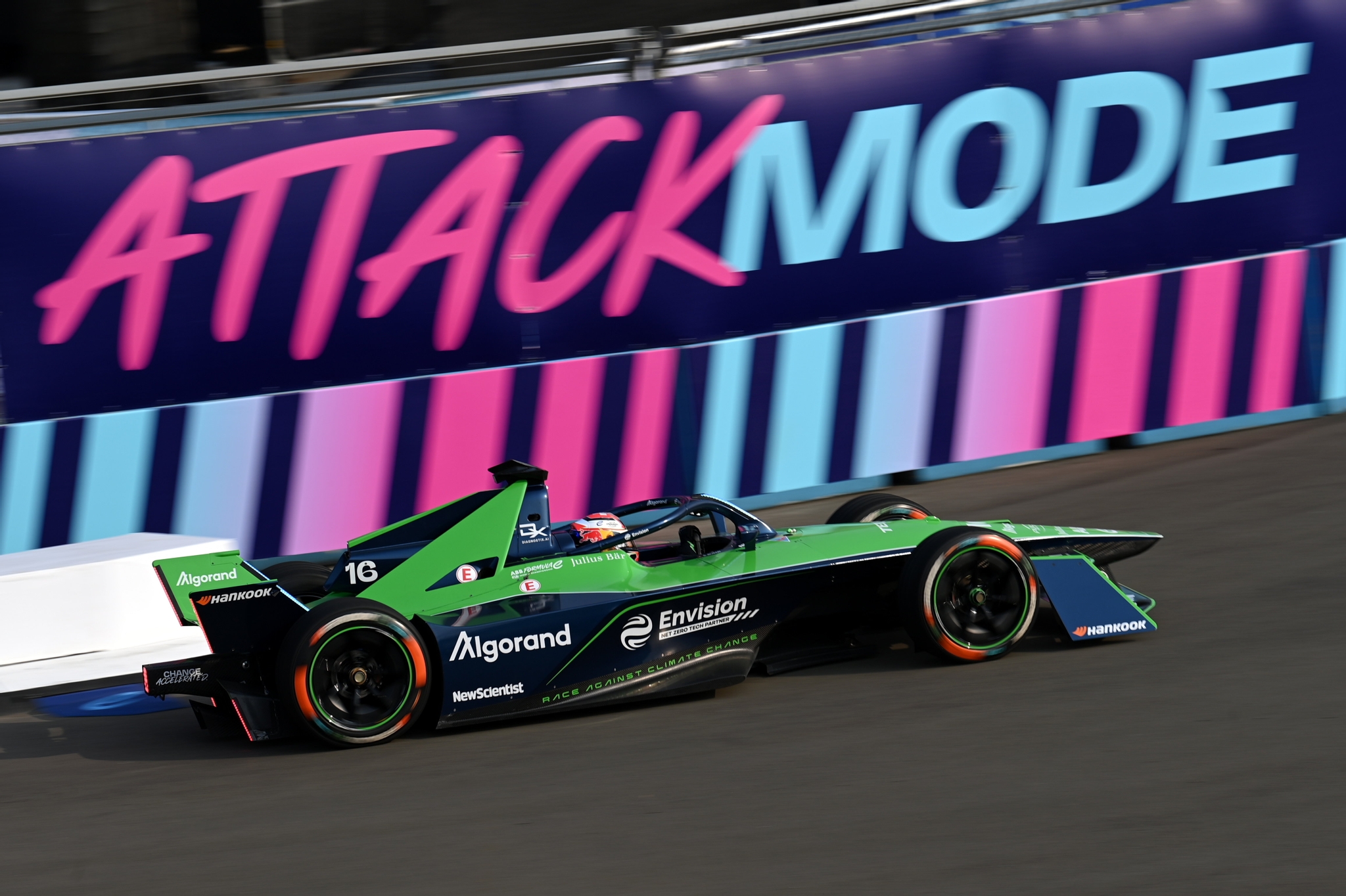
“But I think in terms of the spirit of the additional strategy element that it provides, somehow it met the expectation that we have.”
That may sound like a parry, but really attack mode, while not as relevant or potent as it had been in previous seasons, still had a contribution to order change and strategy battles to some degree. Dovetailed with the new-for-2024 attack charge pitstops it should become a much more exciting prospect in overall tactical play.
One of the real successes of Formula E as it has matured really came to the fore with Gen3. This was the heightened efficiency of the cars, particularly the amount of energy that was being used and more importantly regenerated.
“Saying that we have about 50% of the energy being used in the race coming from the regen is a very strong asset for the series, for the concept itself and for the outcome of the championship,” said Nawarecki.
This no doubt influenced elements of the racing that was seen with the new Gen3 cars. The reduction of usable energy throughout the season, a swing from 41kWh in the Mexico City opener to 27kWh in London, also helped give Formula E a completely unique feel in terms of the structure of events.
“We also have a lot of energy management, this is something we should keep as a part of the discussion,” summarised Nawarecki.
“I don’t think it is negative since we all accept and it is in the interest of all the stakeholders that the format is also about energy management.”
From the driver’s side, Gen3 actually felt like a complete revolution compared to the first two designs.
“We had been in a kind of evolution from Gen1 to Gen2, a bit more power, a lighter car,” Envision Racing’s Sebastien Buemi told The Race in Rome.
“Now it’s a revolution; you have recovery on the front, recovery on the rear, different tyres, a lot more power, a lot more recovery, and it’s very difficult for the promoter and the FIA to predict what will be the strengths and the weaknesses.

“You have your models, you think, ‘OK, that’s going to be good, it’s what we want, this and that’, and then you find out that having changed so much that there are new problems that you did not expect.
“I think, in Gen3.5, it’s going to be somehow important to iron out all the things that don’t necessarily work as expected or actually end up being worse.”
Buemi cited the “general grip level”, which he felt was “potentially a bit low, but the cars, they look fast on the straight which, in my opinion, exceeded expectations”.
This was especially apparent in Portland. The cars looked rapid on the straights – not IndyCar-fast, but fast enough for the crowds to be impressed. It was telling last season that Formula E TV didn’t have to be as creative with camera positions to evidence the straightline speed of these cars, which were regularly doing 165mph (266km/h).
The promoter often talked of 200mph (322km/h) missiles which was plainly rubbish and highly misleading. The facts rather point to an absolute top speed in a session of 172mph (277km/h), which was set by Jaguar at Portland.
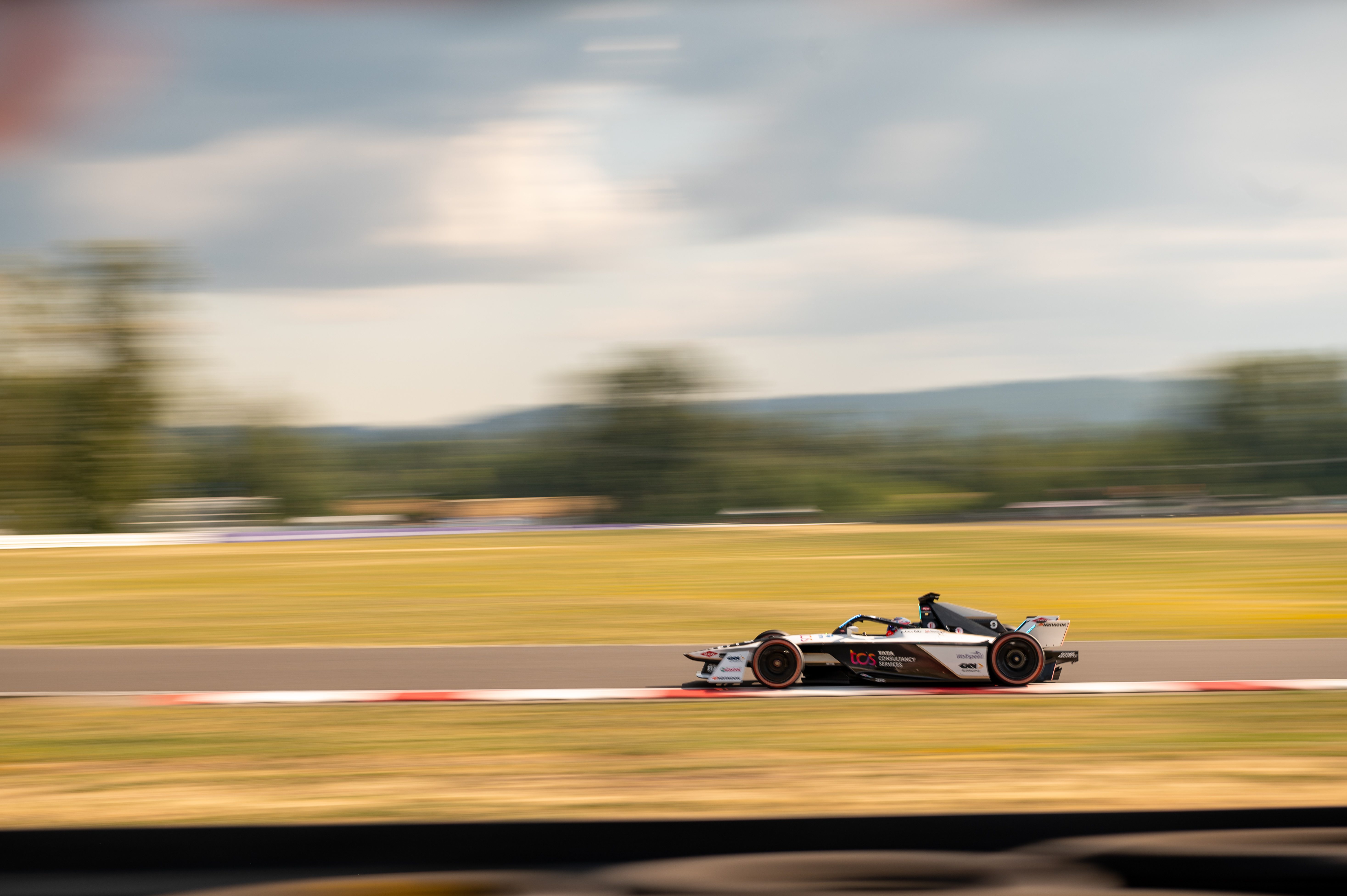
Another bone of contention throughout the season was the brittleness of the front wing assembly. The design was clearly very different to the all-encompassing prototype-style Gen2 frontal section, which did take a decent amount of punishment.
The Gen3 version didn’t have the same capacity to withstand the type of contact which is inevitable in generally tight street circuit confines.
This exposed a wider issue with the Gen3 project, which was the inability for the designers to get some of the basic requirements right in the first place. This was also evident with the poorly conceived rear-view mirrors, which had to go through a rapid prototype change ahead of the Cape Town E-Prix.
While this created some hair-raising moments on track, it wasn’t quite as concerning as the front wings which contributed to several causes celebres over the duration of the season.
One of these was serious. Nico Mueller endured a vicious accident when his front wing folded under his tyres at Portland, sending him into the wall at barely abated speed without brakes or steering.
It seems clear that more robust mounts for the front wings, with perhaps the introduction of tethers or blockers to prevent the structure going under the car and unloading the front wheels, have to be seriously considered now.

“The front wing, in my opinion, is a bit too weak, so maybe they’re going to change it [for Gen3.5],” opined Buemi.
“I think it was extremely difficult for them to anticipate everything and I think they are just now going to look at what worked and what did not and try to optimise that. Of course, they also have to keep everything under control in terms of cost.”
The new financial regulations – a whole separate topic – are going through a first audit this month. But further down the line there is the potentially thorny question of how the Gen3.5 package will affect these new criteria of budget management.
For now, Gen3 has to evolve within what it has brought to Formula E racing after a troubled but eventually moderately successful first campaign.
The drivers are still largely unconvinced by the car. Most don’t particularly enjoy racing it but race it they must. The feeling is that the evolution in 2025 will be a massive improvement on all fronts, with the input of the experienced Dieter Gass, Formula E’s sporting and technical advisor, being a huge bonus.
The journey so far for Gen3 has been monumental and perhaps we shouldn’t have expected anything less. There was undoubted destabilisation through the pandemic, supply chain issues and a maze of other problems.
Some were foreseen, some not. But crucially lessons will be learned for the future of Formula E’s project management.
“We are, I think, even more open than we were before and much more democratic in the way that the work is done,” concluded Nawarecki.
“I think that especially life in motorsport is a continuous learning. In that respect, we have to learn from each situation and from every challenge or difficulty we meet, and this is how we approach this case as well.”

